-
 Bitcoin
Bitcoin $116700
2.16% -
 Ethereum
Ethereum $3830
5.76% -
 XRP
XRP $3.082
4.56% -
 Tether USDt
Tether USDt $1.000
0.04% -
 BNB
BNB $777.8
1.96% -
 Solana
Solana $173.2
5.46% -
 USDC
USDC $0.0000
0.02% -
 Dogecoin
Dogecoin $0.2146
6.85% -
 TRON
TRON $0.3384
0.92% -
 Cardano
Cardano $0.7676
5.51% -
 Hyperliquid
Hyperliquid $39.28
4.90% -
 Sui
Sui $3.723
9.07% -
 Stellar
Stellar $0.4164
6.32% -
 Chainlink
Chainlink $17.36
5.78% -
 Bitcoin Cash
Bitcoin Cash $580.9
3.62% -
 Hedera
Hedera $0.2544
5.50% -
 Ethena USDe
Ethena USDe $1.001
0.02% -
 Avalanche
Avalanche $22.81
3.81% -
 Litecoin
Litecoin $120.8
3.60% -
 UNUS SED LEO
UNUS SED LEO $8.956
-0.35% -
 Toncoin
Toncoin $3.311
4.28% -
 Shiba Inu
Shiba Inu $0.00001266
4.15% -
 Uniswap
Uniswap $10.10
5.97% -
 Polkadot
Polkadot $3.786
4.80% -
 Dai
Dai $1.000
0.01% -
 Monero
Monero $280.4
-4.02% -
 Bitget Token
Bitget Token $4.405
1.69% -
 Cronos
Cronos $0.1480
5.13% -
 Pepe
Pepe $0.00001087
5.67% -
 Ethena
Ethena $0.6348
11.62%
How to send Ethereum from MetaMask
To send ETH from MetaMask, open the extension, confirm you're on Ethereum Mainnet, click "Send," enter the recipient’s address and amount, adjust gas fees if needed, then confirm the transaction securely.
Aug 07, 2025 at 10:06 am
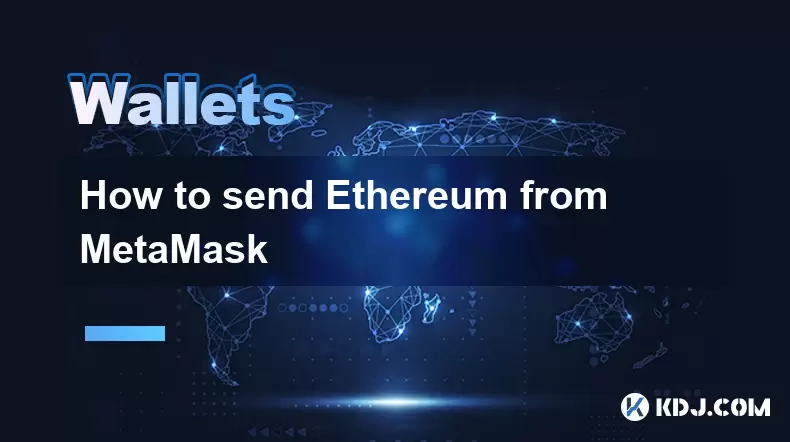
Understanding Ethereum and MetaMask Basics
Before sending Ethereum from MetaMask, it’s essential to understand both the Ethereum blockchain and how MetaMask functions as a digital wallet. MetaMask is a browser extension and mobile application that allows users to store, manage, and interact with Ethereum and ERC-20 tokens. It acts as a bridge between your browser and the Ethereum network, enabling transactions and decentralized application (dApp) interactions.
Each MetaMask wallet is secured with a private key and a 12-word recovery phrase. Never share these credentials. When you send Ethereum, you're authorizing a transaction on the Ethereum blockchain using your private key. This transaction includes data such as the recipient’s address, the amount of ETH being sent, and a transaction fee (gas fee), which compensates miners or validators for processing the transaction.
Ensure your MetaMask extension or app is updated to the latest version. An outdated version may cause compatibility issues or security vulnerabilities. Also, confirm you're connected to the correct network—most commonly, the Ethereum Mainnet—especially if you've interacted with testnets or other EVM-compatible chains.
Accessing Your MetaMask Wallet
To begin the process of sending Ethereum, open your browser and click on the MetaMask extension icon. Enter your password to unlock the wallet. Once unlocked, you’ll see your wallet dashboard, which displays your current ETH balance, recent transactions, and available tokens.
Verify that the network displayed in the top-left corner is "Ethereum Mainnet". If it shows another network like Polygon, BSC, or a testnet, switch to Ethereum Mainnet by clicking the network name and selecting the correct option from the dropdown menu. Sending ETH on the wrong network could result in permanent loss of funds.
Your wallet address appears at the top of the interface, starting with "0x". This is your public identifier, but for sending funds, you’ll need the recipient’s Ethereum address. Always double-check this address for accuracy. A single incorrect character can send funds to an unrecoverable destination.
Navigating the Send Function in MetaMask
Click the "Send" button located prominently on the main wallet screen. This opens a new window where you can input transaction details. The interface will prompt you to enter the recipient’s address, the amount of ETH to send, and optionally, a memo or note (though notes are not stored on-chain and are only visible to you in your transaction history).
In the "To" field, paste the recipient’s Ethereum address. You can either type it manually (not recommended due to error risk) or copy and paste it from a secure source. MetaMask may display the ENS name (e.g., "alice.eth") if the address is registered, which adds a layer of verification.
Below the address field, enter the amount of ETH you wish to send. You can type the amount in ETH or use the "Max" button to send your entire balance. Be cautious when using "Max", as it sends all available ETH minus the gas fee. If you want to retain some ETH for future transactions, manually input a lower amount.
Configuring Transaction Speed and Gas Fees
After entering the amount, MetaMask automatically calculates the gas fee required to process your transaction. Gas fees fluctuate based on network congestion. You can adjust the transaction speed using the "Edit" option next to the gas settings.
Clicking "Edit" opens a panel with three presets: "Low," "Medium," and "High" priority. Each corresponds to a different gas price (measured in Gwei) and estimated confirmation time.
- Choosing "Low" reduces costs but may delay confirmation during busy periods.
- Selecting "High" increases the gas price, ensuring faster processing, especially useful when the network is congested.
You can also manually set the gas price and limit under "Advanced Options", though this is recommended only for experienced users. Incorrect manual settings may lead to failed or excessively expensive transactions.
Once satisfied with the gas settings, review the total cost: the sum of the ETH being sent and the gas fee. Ensure your wallet has enough ETH to cover both.
Confirming and Finalizing the Ethereum Transfer
After reviewing all details—recipient address, amount, and gas fee—click "Next". MetaMask will display a confirmation screen summarizing the transaction. This includes the recipient’s address (check for accuracy), the exact amount of ETH to be deducted from your wallet, and the estimated gas fee.
If everything is correct, click "Confirm". MetaMask will then sign the transaction using your private key and broadcast it to the Ethereum network. You won’t be asked for your password again unless the extension locks due to inactivity.
After confirmation, the transaction is pending. You can view its status in the "Activity" tab within MetaMask. The transaction will show as "Pending" until miners include it in a block. You can click on the transaction to view it on Etherscan, a blockchain explorer, where you can monitor real-time updates.
Never close your browser or disable MetaMask until the transaction is confirmed. While the transaction will still process, keeping the interface open allows you to track progress and troubleshoot if needed.
Troubleshooting Common Sending Issues
Occasionally, transactions may fail or remain pending. A common cause is insufficient gas fees. If the network is congested and your fee is too low, miners may ignore your transaction. In such cases, you can attempt to speed up or cancel the transaction from the Activity tab by replacing it with a new one offering a higher gas fee.
Another issue is sending to an invalid or incorrect address. Once confirmed, Ethereum transactions are irreversible. If you suspect an error, stop further actions and verify the address immediately. There is no recovery mechanism for funds sent to the wrong address.
If MetaMask appears unresponsive, ensure your internet connection is stable. Refreshing the browser tab may help, but do not reload during transaction signing, as this can cause errors.
Frequently Asked Questions
Can I send Ethereum from MetaMask to any cryptocurrency wallet?
Yes, you can send ETH to any wallet that supports Ethereum addresses (starting with "0x") and operates on the Ethereum network. Ensure the recipient wallet accepts ETH and is on the same network. Sending ETH to wallets on incompatible networks (e.g., Bitcoin or Solana) will result in permanent loss.
What happens if I send ETH to an ENS name that doesn’t resolve?
If you enter an ENS name (e.g., "user.eth") that is not registered or has no address configured, MetaMask will display an error before confirmation. It will not allow the transaction to proceed unless the ENS resolves to a valid Ethereum address.
Why does my transaction stay "Pending" for a long time?
A pending transaction usually indicates low gas fees relative to current network demand. You can resolve this by using the "Speed Up" option in MetaMask to replace the transaction with a higher gas fee. The original transaction will then be invalidated once the new one is confirmed.
Is it safe to send ETH from MetaMask on public Wi-Fi?
While MetaMask encrypts your data, using public Wi-Fi increases the risk of man-in-the-middle attacks. Avoid accessing your wallet on unsecured networks. If necessary, use a VPN and ensure the MetaMask interface loads securely (HTTPS and verified extension).
Disclaimer:info@kdj.com
The information provided is not trading advice. kdj.com does not assume any responsibility for any investments made based on the information provided in this article. Cryptocurrencies are highly volatile and it is highly recommended that you invest with caution after thorough research!
If you believe that the content used on this website infringes your copyright, please contact us immediately (info@kdj.com) and we will delete it promptly.
- BlockchainFX, Bitcoin Swift, Crypto Presales: What's the Hype?
- 2025-08-07 19:10:13
- SHIB Community at Crossroads: Shytoshi Kusama's Leadership Under Scrutiny as Elections Loom
- 2025-08-07 18:30:13
- IREN Overtakes: A New King in the Bitcoin Miner Hashrate Race?
- 2025-08-07 16:31:29
- Memecoins Mania: Whales Eye Pepe Dollar (PEPD) as Bonk Cools Off, While MoonBull Hogs the Spotlight!
- 2025-08-07 16:51:17
- Unilabs, PEPE, and Investment Risk: Navigating the Crypto Hype
- 2025-08-07 16:31:29
- Meme Coin Mania: Rug Pulls, CZ-Inspired Tokens, and the Wild West of Crypto
- 2025-08-07 16:57:14
Related knowledge
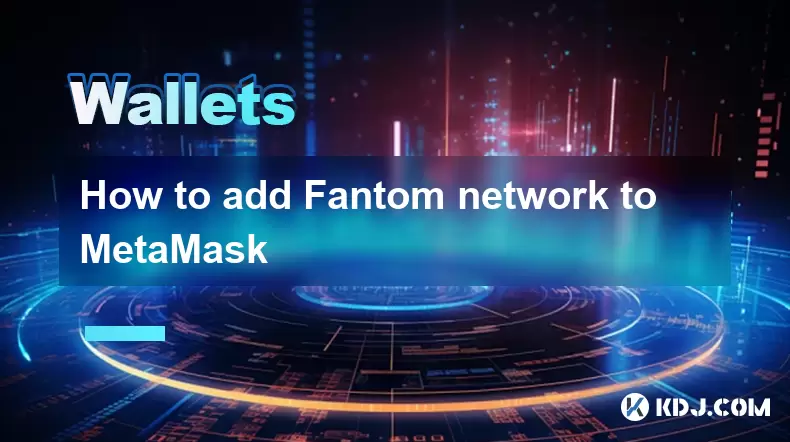
How to add Fantom network to MetaMask
Aug 07,2025 at 08:21am
Understanding the Fantom Network and MetaMask IntegrationThe Fantom network is a high-performance, scalable, and secure blockchain platform designed f...

How to update the firmware on your Trezor wallet
Aug 07,2025 at 05:00pm
Understanding the Role of Staking in Cryptocurrency EcosystemsStaking has become a fundamental component of many blockchain networks that operate unde...
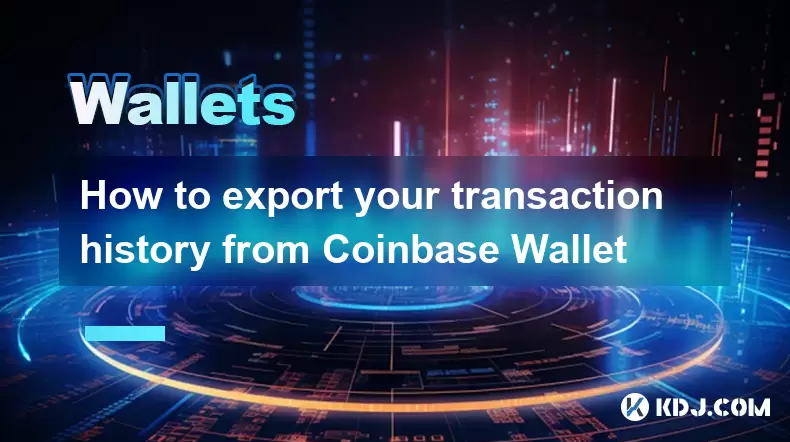
How to export your transaction history from Coinbase Wallet
Aug 07,2025 at 06:50am
Understanding Coinbase Wallet and Transaction HistoryCoinbase Wallet is a self-custodial cryptocurrency wallet that allows users to store, manage, and...
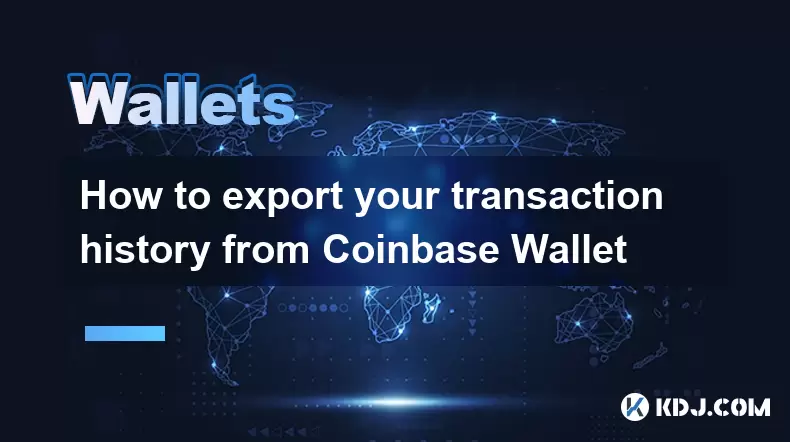
How to export your transaction history from Coinbase Wallet
Aug 07,2025 at 08:49am
Understanding Coinbase Wallet and Transaction HistoryCoinbase Wallet is a self-custodial cryptocurrency wallet that allows users to store, manage, and...
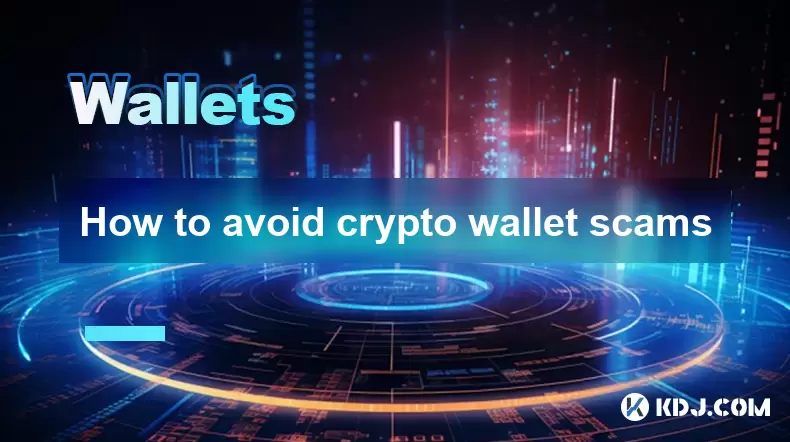
How to avoid crypto wallet scams
Aug 07,2025 at 02:21pm
Understanding Common Types of Crypto Wallet ScamsCrypto wallet scams come in various forms, each designed to exploit user trust, technical ignorance, ...

How to set up a new Ledger Nano S Plus
Aug 07,2025 at 06:01am
Unboxing and Initial InspectionWhen you receive your Ledger Nano S Plus, begin by carefully unboxing the package. Inside, you should find the Ledger N...

How to add Fantom network to MetaMask
Aug 07,2025 at 08:21am
Understanding the Fantom Network and MetaMask IntegrationThe Fantom network is a high-performance, scalable, and secure blockchain platform designed f...

How to update the firmware on your Trezor wallet
Aug 07,2025 at 05:00pm
Understanding the Role of Staking in Cryptocurrency EcosystemsStaking has become a fundamental component of many blockchain networks that operate unde...

How to export your transaction history from Coinbase Wallet
Aug 07,2025 at 06:50am
Understanding Coinbase Wallet and Transaction HistoryCoinbase Wallet is a self-custodial cryptocurrency wallet that allows users to store, manage, and...

How to export your transaction history from Coinbase Wallet
Aug 07,2025 at 08:49am
Understanding Coinbase Wallet and Transaction HistoryCoinbase Wallet is a self-custodial cryptocurrency wallet that allows users to store, manage, and...

How to avoid crypto wallet scams
Aug 07,2025 at 02:21pm
Understanding Common Types of Crypto Wallet ScamsCrypto wallet scams come in various forms, each designed to exploit user trust, technical ignorance, ...

How to set up a new Ledger Nano S Plus
Aug 07,2025 at 06:01am
Unboxing and Initial InspectionWhen you receive your Ledger Nano S Plus, begin by carefully unboxing the package. Inside, you should find the Ledger N...
See all articles

























































































